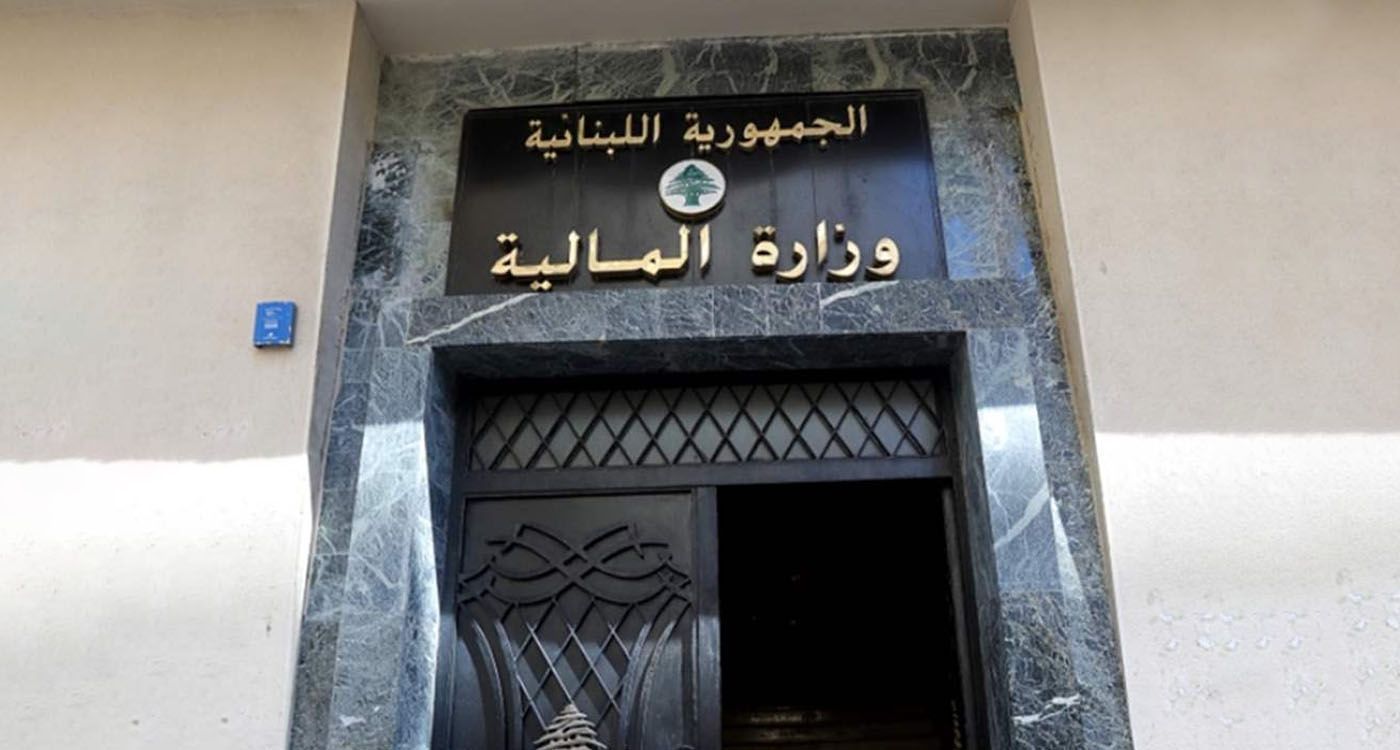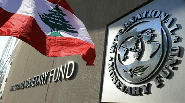
The rebound in Lebanese state deposits at the central bank (BDL), estimated at nearly $800 million, marks a rare financial upswing amid the prolonged crisis that began in 2019. It is a welcome breath of fresh air, but still far from a genuine structural recovery of public finances. Above all, this renewed momentum reflects the early stages of a reorganization in the relationship between the Treasury and BDL, a challenging task in itself.
A Surge in Fiscal Discipline
This buildup is largely the result of stricter control over public spending, prompted by the state’s sharply reduced ability to spend in foreign currency. The Ministry of Finance has adopted a form of enforced austerity, limiting expenditures to essential items, primarily in Lebanese pounds (LBP).
At the same time, rising revenues in US dollars - from customs duties, import taxes, and income generated by public institutions such as Lebanon’s electricity company, (EDL), the telecommunications sector, and the airport - have strengthened the Treasury. Cuts to subsidies on fuel, wheat, and medicine, along with BDL measures such as the closure of the Sayrafa platform and a unified exchange rate, have also eased pressure on reserves.
Towards a Subsidy Audit
As part of ongoing efforts to consolidate public finances, Finance Minister Yassin Jaber has received updated subsidy data from BDL and instructed the tax authorities to verify, by January 31, 2026, the amounts received by beneficiary companies and associations, in coordination with the Minister of Justice. The initiative is part of a broader effort to improve transparency and rationalize public spending.
Progress Remains Fragile
Despite these encouraging signs, caution is essential. The $800 million balance is modest for a state, covering only a few weeks of public spending. Without a clear strategy or structural reforms, this surplus could quickly vanish.
Some sources suggest the increase may stem from one-off transfers or consolidated accounts rather than a genuine revenue surplus.
Overall, the improvement signals the emergence of fiscal discipline but not a sustainable recovery. Structural weaknesses persist, including sluggish production, the absence of a formal budget, and slow reforms in key sectors such as electricity and public administration. The challenge now is to transform this fragile balance into a lasting source of confidence, a critical first step toward a genuine economic recovery in Lebanon.





Comments